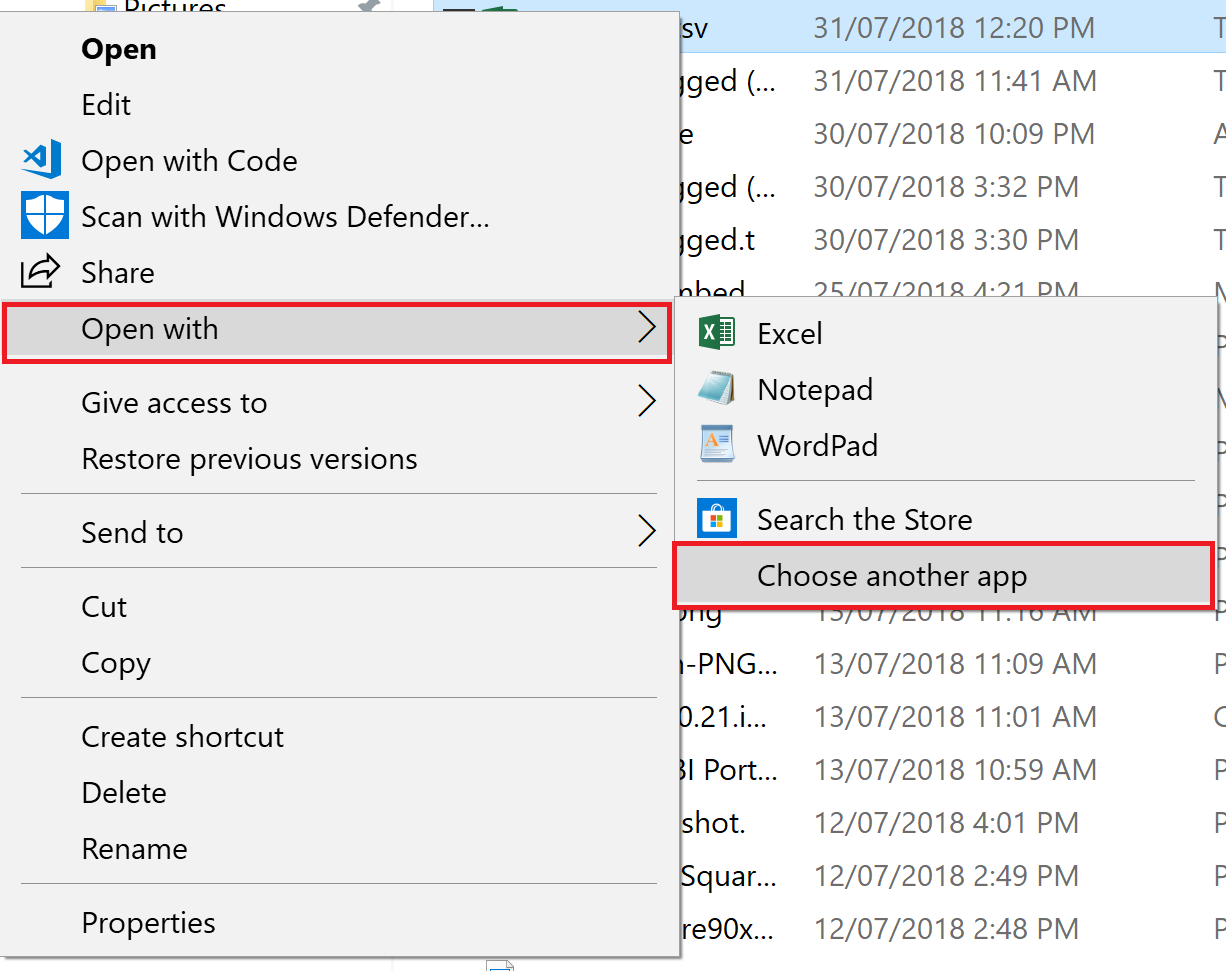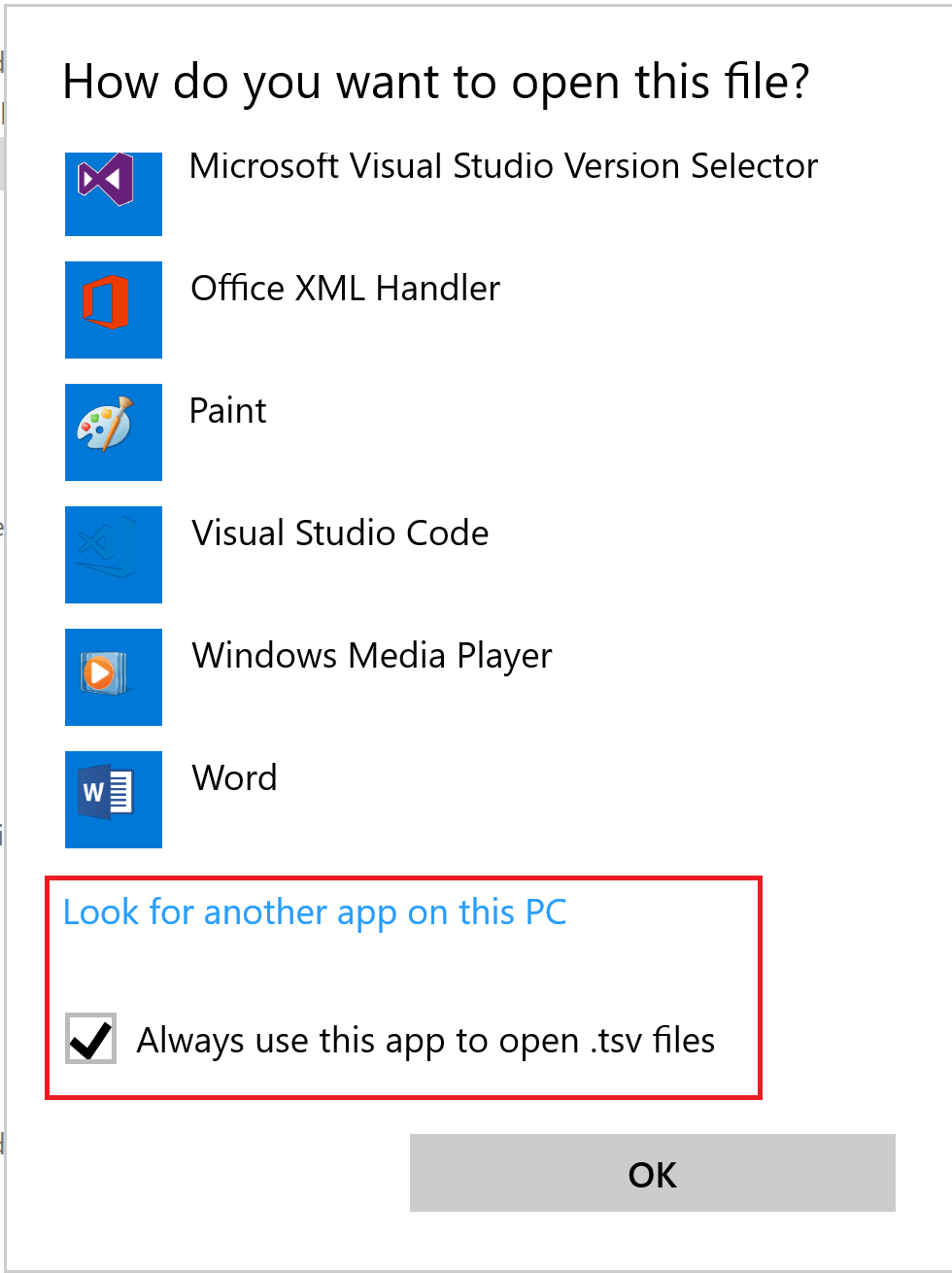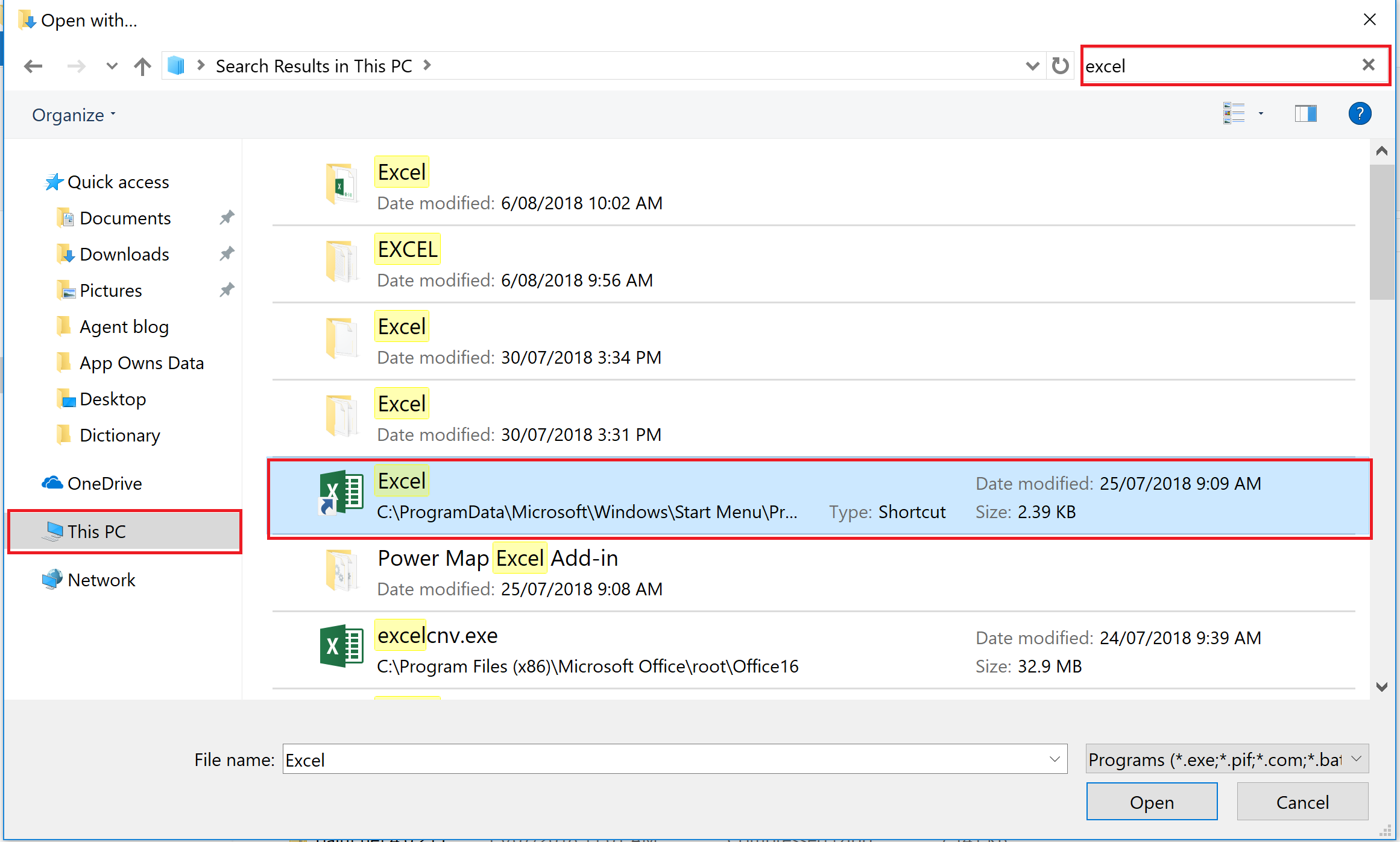Dictionary
How do I use the Dictionary feature in Loome Assist?
Words in the Dictionary become the tags that Loome Assist matches to a user’s questions or statements, commonly referred to as utterances. Dictionary inputs can be both words and phrases. If a set of words will commonly be used together, it is sometimes acceptable to add them to the Dictionary as a phrase, for example “Can you” or “Are you able to”. Keep in mind though that the simpler the tags the better - avoid phrases unless absolutely necessary.
An example of a user utterance could be “How can I purchase BI Portal?”
Loome Assist will read this as:

Nouns are the subject of the query: Loome Assist needs at least one noun to match an answer.
Verbs are the intent of the query, what the asker might want to know about the nouns.
Queries are how the asker asks the question. Verbs & Queries dictate which Answer Grammar Matrix cell Loome Assist will use to sculpt his response.
Persons and Locations are additional terms Loome Assist can be made to understand.
When a user enters an utterance, Loome Assist will search for words in the Dictionary to make sense of the question being asked. Loome Assist will then go to the Knowledge Base and the Answer Grammar Matrix to provide the best answer.
How do I add a new word to the Dictionary?
Click on Dictionary from the navigation menu.
Click on Create New Entry.
Note: If you have filtered on a word/phrase type, the new entry will default to that type. You can change the type if required. If you have a large number of words in your dictionary and you want to add another, use the search function to avoid any double ups.

How do I upload a TSV file?
You can choose to upload a Tab-Separated Values (TSV) file to add a bulk of words to the Dictionary all at once. This might be useful if you have a large list of terms,perhaps specific to your business or organisation, that will be used as tags. You can also download a TSV file of your entire Dictionary for the purposes of a data backup, or to set up a new instance of Loome Assist.
Loome Assist will accept .tsv and .txt files.
Click Upload TSV.

Click Choose File to browse your computer for the desired file.

A progress bar will inform you as to what percentage of the uploaded has been successfully completed so far.


When preparing your TSV file, please make sure your columns have the following titles:
Attribute (Noun, Verb, Query, Person or Location)
Value (the free text field where you input the word to be added to the Dictionary as a tag)
Past Tense (if applicable - this can be left blank, however the heading is required)
Type (Do, Info, Action, Book, FirstName, LastName, City, State, Country, Continent, Region).
Loome Assist will not accept a TSV upload if it detects incorrect columns.
If there are errors in your upload, the Wizard will let you know what went wrong. For example:

This error message shows that of the expected columns (listed) the only received columns were: Attribute, Value, Past Tense . We can then see the problem with this upload is that the file is missing a necessary Type column.
If you are unsure as to how to format your TSV file when uploading for the first time, you can download the current Dictionary words as a TSV file for reference.
Note: If are using Excel to read and edit your TSV file, there might be some initial set up required, in order to set Excel as the default program for opening .tsv files.
Locate the TSV file you wish to open. Right-click and select “Open with”. If Excel does not show up as an option, click “Choose another app”.

Make sure you check the box next to “Always use this app..”. If you can’t see Excel as an option here, click “More apps”.

If there is still no option to select Excel, click “Look for another app on this PC”.

This will take you to a File Explorer window. Click “This PC” and then search for Excel.

You will now be able to open your Loome Assist Dictionary .tsv file in Excel, and Excel will be the default for opening all .tsv files in the future.

How do narrow down the list of words displayed in the Dictionary?
Click on the Filter by drop down list.
Select a phrase type to filter on. The display will now only display words or phrases of that type.
How do I edit a word?
Click on the Word drop down list.

Select the word you want to edit.
Make the necessary changes.

Click Save.
Alternatively, you can also do the following:
Click on the edit icon against the word you want to make changes to.

Make the necessary changes.
Click Save.
How do I delete a word?
Click on the delete icon (‘X’) against the word you want to delete.
Note: There is no confirmation. The word will be automatically deleted from the Dictionary list.
